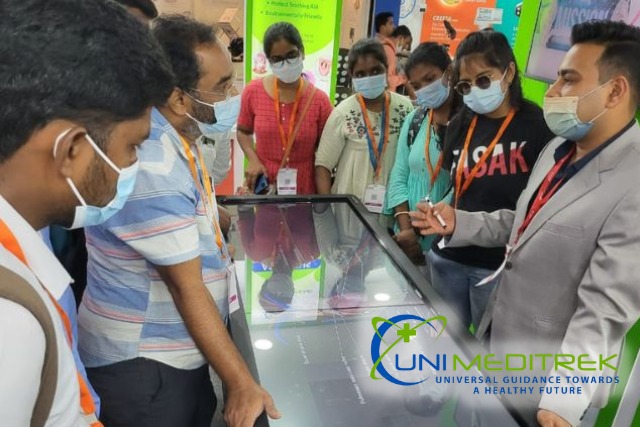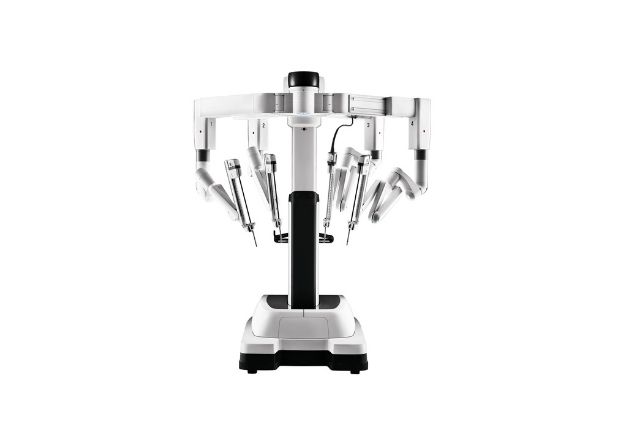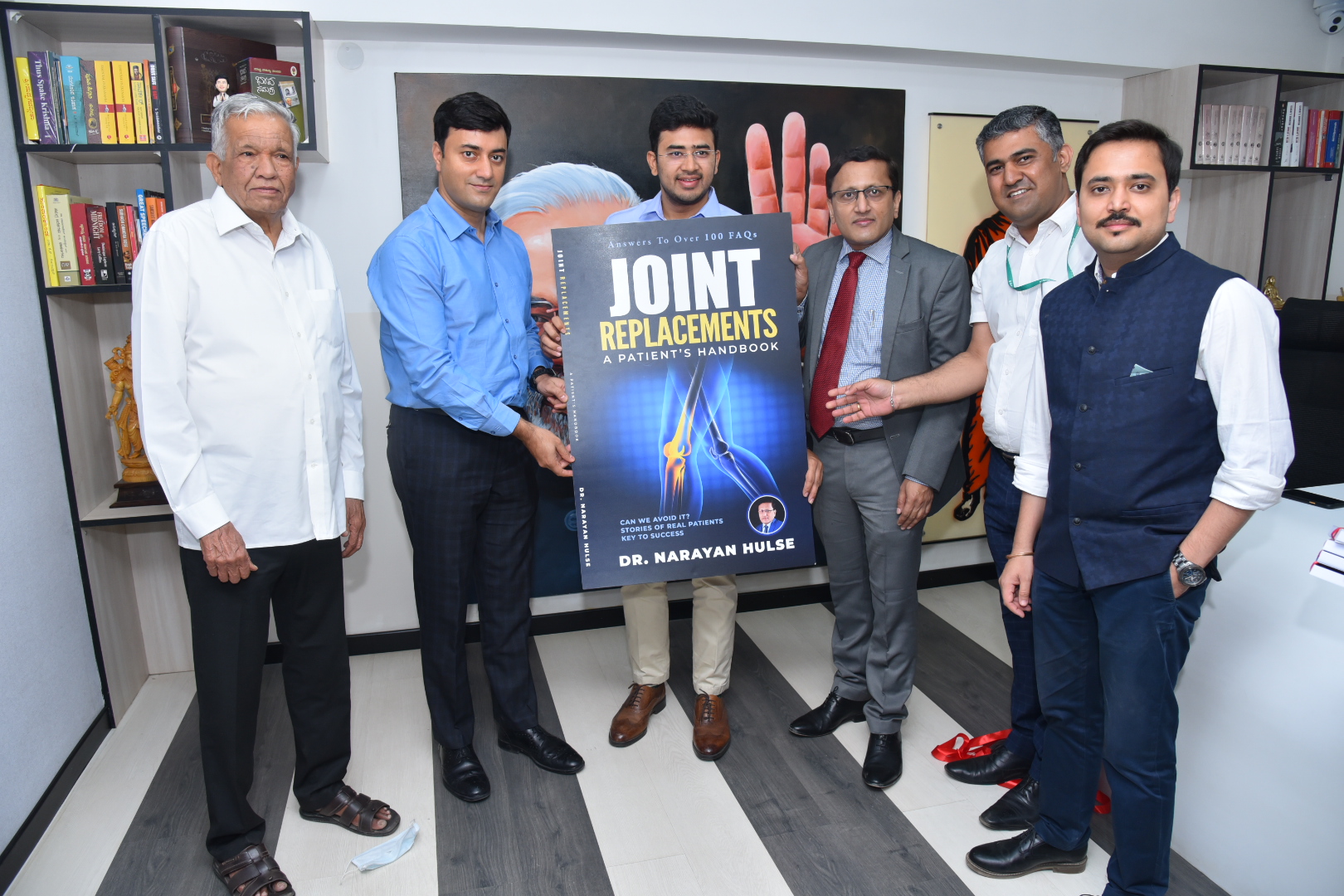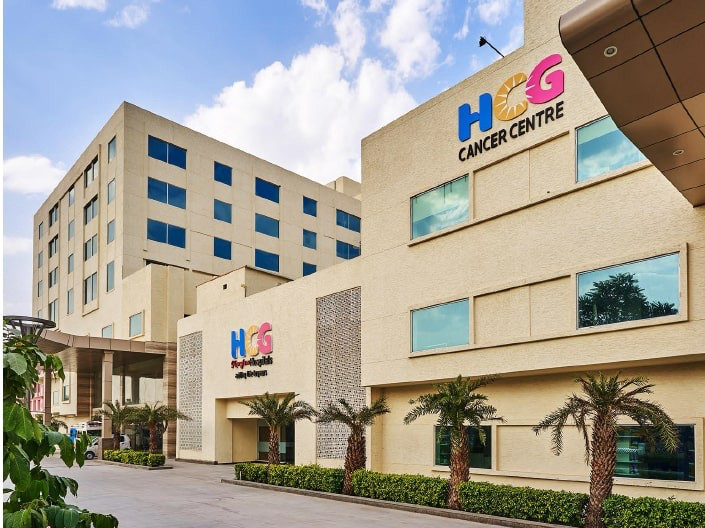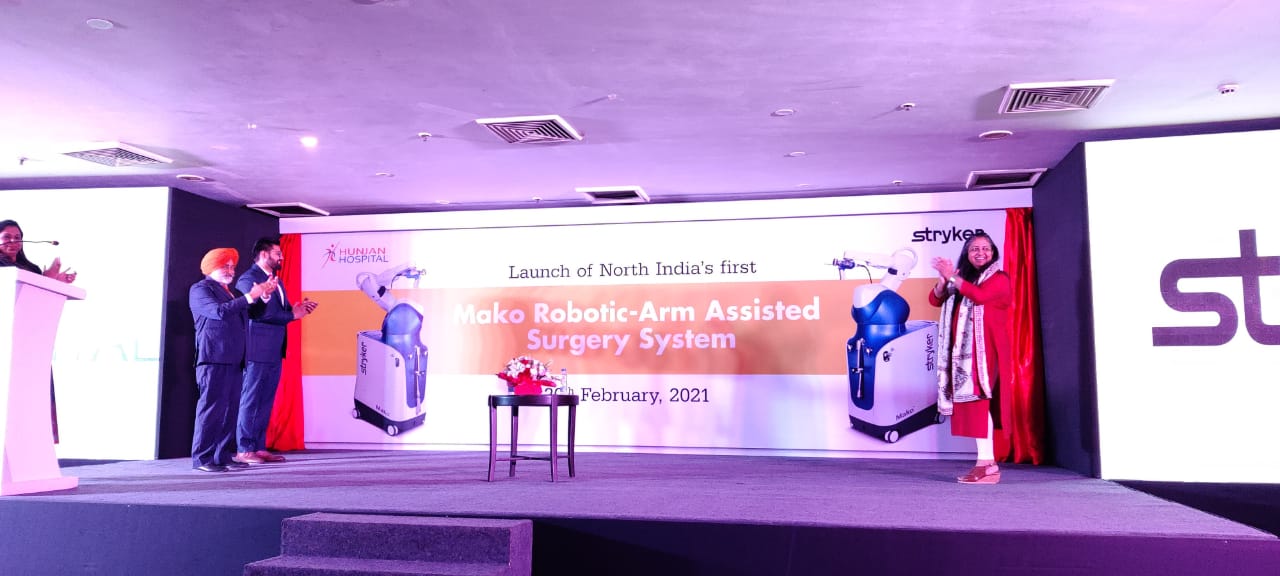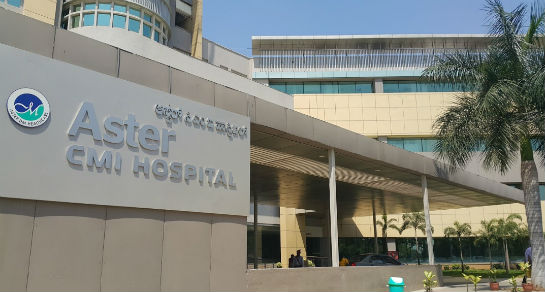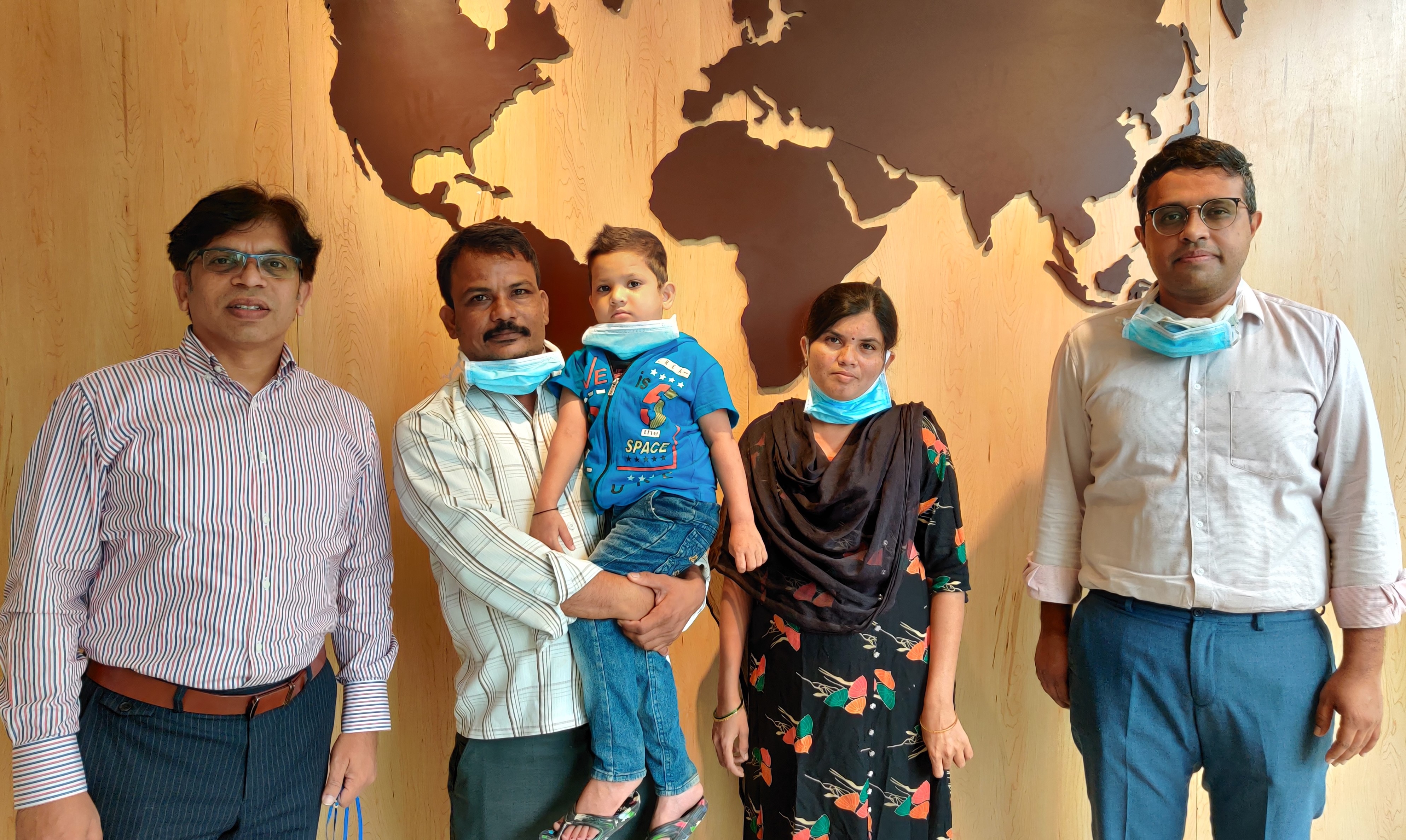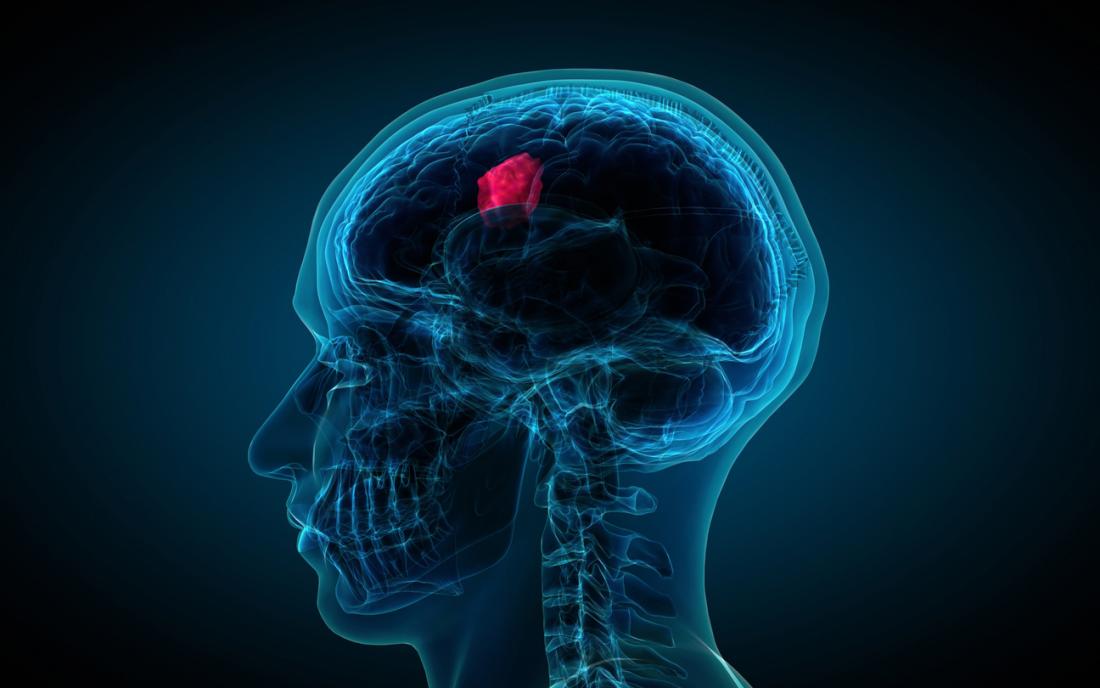Modern operating rooms (ORs) have not only surgical lights and scalpels; they are now sophisticated amalgams of other advanced technologies. Current ORs integrate data systems, intelligent machines ,and precision instruments which seamlessly operate alongside skilled surgeons. Shaping the future of contemporary ORs are integrated OR platforms, robotics-assisted surgeries, advanced navigation systems, and others.
The Rise of Surgical Robotics: Beyond Human Limits
The last decade has experienced a significant surge in robotic-assisted surgeries. Many tertiary care centers now have devices such as the Da Vinci Surgical Systems, which allow for an increasing range of minimally invasive surgeries. These advanced systems are unmatched in their ability to perform robotic prostatectomies, cardiac valve repairs, and many gynecologic procedures due to their unparalleled accuracy.
Surgical hands do not “sweat” under the pressure of robotic arms which instead move with millimeter precision, robotic systems reduce both recovery times and tissue trauma. During surgical procedures, robotic systems also enhance their functionality by offering features such as 3D magnified vision as well as wristed instrumentation providing ergonomic control which allow for very detailed and complex maneuvers by the surgical personnel.
Surgical Navigation: The GPS of the Operating Room
Just like GPS systems for vehicles, surgical navigation systems help with visualizing the anatomy of the human body. Preoperative scans, real-time imaging, and infrared tracking are utilized to create 3D maps of the surgical areas. These systems are useful for guiding instruments in neurosurgery, ENT, and orthopedic surgery with sub-millimetre precision.
Navigation systems, for instance, are invaluable in spinal surgeries where nerve injury risks are high due to pedicle screw insertion. They ensure vital tissue preservation during brain tumor resections as well.
The Hybrid OR: An Ecosystem of Integration
Integration of robotics, navigation, real-time imaging (CT/MRI), and sophisticated surgical tools give birth to The Hybrid OR. Such integrated environments redefine perioperative workflows.
Consider the case of a cardiovascular surgeon performing intraoperative angiography utilizing robotic arms controlled by navigation systems that adjust for movement. The hybrid OR is essential for complex surgeries as it allows effortless collaboration between interventional radiology and surgery. A significant example is its use during aortic aneurysm repairs or trauma surgeries.
AI and Machine Learning: The Cognitive Assistants
We can expect further development of surgical robotics to incorporate AI technologies. Machine learning algorithms are being developed to examine intra operative videos for surgical anomalies and anticipate potential issues long before they manifest. Additional integration could include real-time machine-learning guidance and eventual automation of more conventional surgical routines.
Flagging potential errors and confirming adherence to surgical protocols and within procedure quality is also under development using computer vision. These emerging technologies aim to enhance surgeon productivity and improve clinical outcomes by supporting advanced surgical decision-making, but they do not intend to replace surgeons.
Challenges and the Road Ahead
Advanced integration of robotics with surgery navigation systems still faces numerous
- Severe initial and ongoing costs
- Preoperative and postoperative specialist system training for OR personnel
- Lack-of-compatibility issues for various system parts and devices
- Scarcity in remote areas or less developed hospitals
Expectations are optimistically rising with lowered costs, universal training, expanded use of the modular and portable technology, and widespread adoption. In metro cities, especially, Indian hospitals are competing to provide advanced robotic-assisted minimally invasive surgery.
India’s Role in Shaping the Future
India is now becoming a notable global player not only in the adoption of surgical technologies but also in the development of homegrown innovations. These include economical robotic systems, artificial intelligence-driven diagnostic devices, as well as handheld navigation instruments, which are being developed by startups and research institutes to serve the Indian healthcare systems.
With a boost from the government in the form of the National Medical Devices Policy 2023 and increased collaboration activities, the momentum is building. Surgery in India may not only be futuristic but also affordable and scalable, potentially serving a population of over 1.4 billion.
Conclusion: A New Surgical Frontier
The operating room of today’s rhythm is already here along with the operating rooms of today which are equipped with robotics, superb screens, advanced interoperability, and intricate algorithms. The tools which are at today’s surgeon disposal do not allow for simple patient care; they enable modern healthcare to elevate the limits of surgical practices beyond imagination thorough sophisticated aides.
Having this surgical overhaul assumes a more critical inquiry about its depth extent: for healthcare professionals, innovators, and hospitals, staying on the leading edge is no longer a choice, but rather a chilling imperative.
This is a change that Microbioz India readily accepts, rejoicing in a continuously evolving future of surgery that integrates healing and technology, compassion and precision, as they shine a light on the Medical Mind behind Revolutionizing Surgery and Emerging Technologies that Forge Medicine’s Future.










